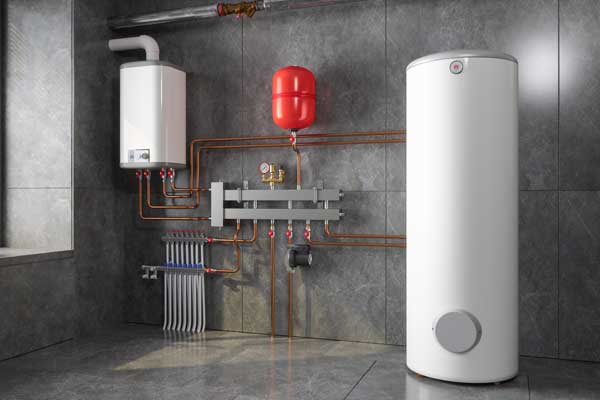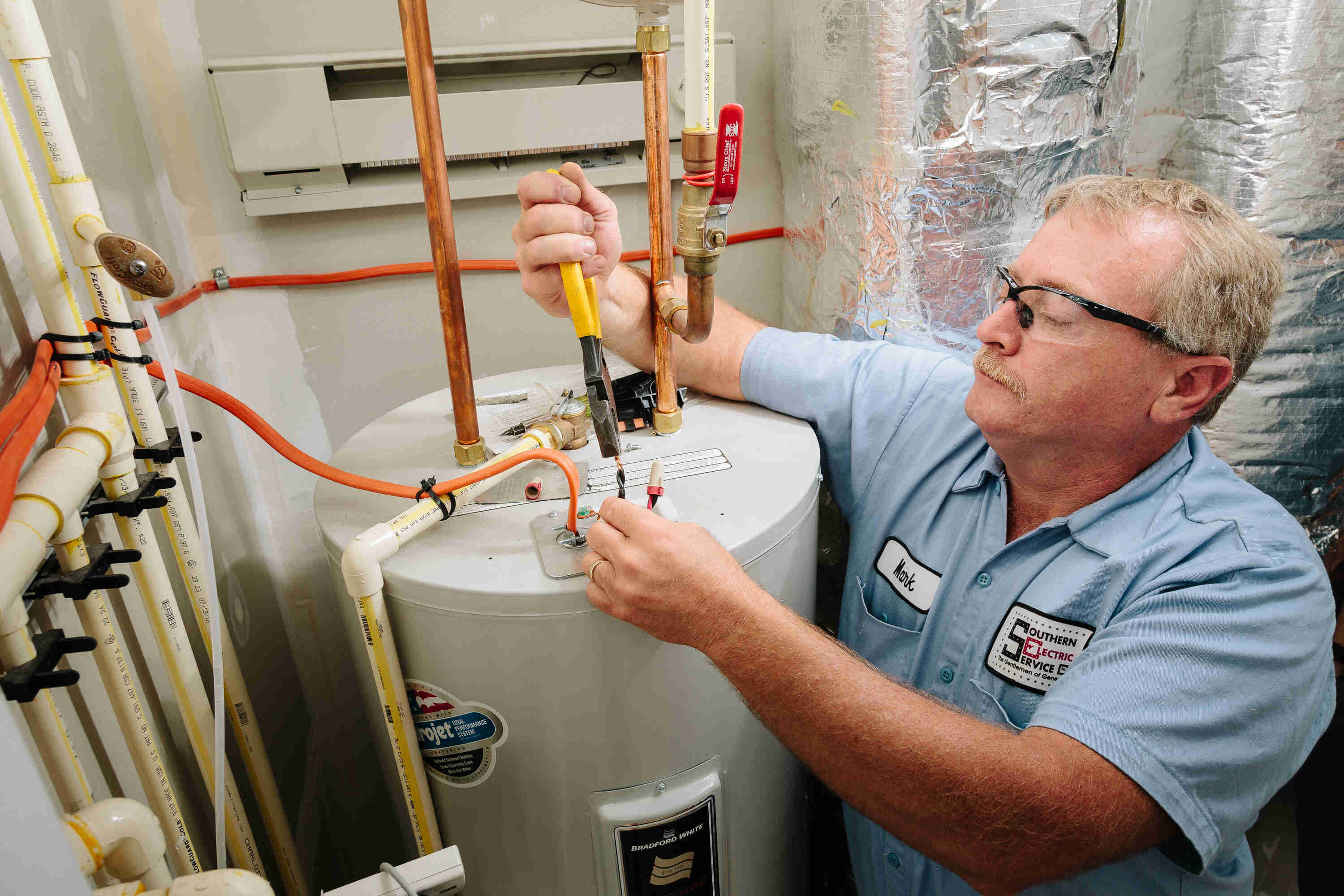Essential Care Strategies for Your Home's Hot Water SystemEssential Tips on Maintaining Your Home's Hot Water System
Essential Care Strategies for Your Home's Hot Water SystemEssential Tips on Maintaining Your Home's Hot Water System
Blog Article
How do you really feel on the subject of How to Maintain Your Water Heater & Prolong its Life?

Warm water is crucial for day-to-day comfort, whether it's for a rejuvenating shower or cleaning recipes. To ensure your hot water system runs effectively and lasts longer, normal upkeep is crucial. This post supplies useful suggestions and insights on how to keep your home's warm water system to stay clear of disruptions and costly repair work.
Introduction
Keeping your home's hot water system might appear difficult, but with a couple of easy steps, you can ensure it runs smoothly for many years ahead. This guide covers every little thing from recognizing your hot water system to do it yourself upkeep tips and understanding when to call in expert aid.
Importance of Preserving Your Warm Water System
Regular maintenance not only prolongs the life expectancy of your warm water system yet additionally guarantees it runs efficiently. Overlooking maintenance can cause reduced performance, greater power costs, and also early failing of the system.
Indicators Your Warm Water System Demands Upkeep
Recognizing when your warm water system needs attention can stop major issues. Look out for indicators such as irregular water temperature level, unusual noises from the heating system, or rustic water.
Recognizing Your Hot Water System
Before diving into upkeep tasks, it's useful to understand the basic parts of your hot water system. Normally, this consists of the hot water heater itself, pipes, anode rods, and temperature controls.
Month-to-month Maintenance Tasks
Regular month-to-month checks can assist catch small issues prior to they intensify.
Flushing the Water Heater
Flushing your hot water heater gets rid of debris accumulation, improving efficiency and prolonging its life.
Monitoring and Replacing Anode Rods
Anode poles avoid corrosion inside the storage tank. Examining and replacing them when broken is important.
Inspecting and Changing Temperature Setups
Adjusting the temperature level settings makes certain ideal efficiency and security.
DIY Tips for Upkeep
You can perform numerous maintenance jobs yourself to keep your warm water system in leading condition.
Checking for Leakages
Frequently evaluate pipes and links for leaks, as these can cause water damages and higher costs.
Evaluating Stress Relief Valves
Checking the stress safety valve ensures it functions properly and protects against extreme stress buildup.
Protecting Pipelines
Insulating warm water pipelines reduces warm loss and can conserve energy.
When to Call an Expert
While do it yourself upkeep is useful, some problems call for expert experience.
Facility Problems Calling For Expert Aid
Examples consist of major leakages, electrical issues, or if your hot water heater is regularly underperforming.
Regular Professional Upkeep Benefits
Specialist upkeep can include complete inspections, tune-ups, and making sure conformity with security criteria.
Conclusion
Routine upkeep of your home's hot water system is crucial for efficiency, durability, and price savings. By complying with these pointers and recognizing when to seek specialist aid, you can ensure a trusted supply of hot water without unforeseen disturbances.
How to Maintain an Instant Hot Water Heater
Before tinkering with your hot water heater, make sure that it’s not powered on. You also have to turn off the main circuit breaker and shut off the main gas line to prevent accidents. Also turn off the water valves connected to your unit to prevent water from flowing into and out of the appliance. 2. When you’re done, you have to detach the purge valves’ caps. These look like the letter “T” and are situated on either side of the water valves. Doing so will release any pressure that has accumulated inside the valves while at the same time avoid hot water from shooting out and burning your skin. 3. When the purge valves’ caps are removed, you have to connect your hosing lines to the valves. Your unit should have come with three hoses but if it didn’t, you can purchase these things from any hardware or home repair shops. You can also get them from retail stores that sell water heating systems. Read the user’s manual and follow it to complete this task properly. When the hosing lines are connected, open the purge port’s valves. 4. You should never use harsh chemical cleaners or solutions when cleaning your unit. Make use of white vinegar instead. It should be undiluted and you’ll probably use about 2 gallons. 5. Now flush your water heater. This task should probably take about 40 minutes. We can’t give you specific directions for this because the procedure is carried out depending on the type, model and brand of your heater. With that being said, refer to the user’s manual. 6. When you’re done draining the unit, you have to turn off the purge port valves again. Remove the hosing lines that you earlier installed on each of the water valves. Put the valve caps (purge port) back in their respective places and be very careful so as not to damage the rubber discs that are found inside these caps. 7. Now that everything’s back in place, check your user’s manual again to find out how to reactivate your water heating system. 8. Once it is working, turn one of your hot water faucets on just to let air pass through the heater’s water supply pipes. Leave the tap on until water flows smoothly out of it. https://www.orrplumbing.com/blog/2014/september/how-to-maintain-an-instant-hot-water-heater/

I ran across that piece of writing about What Kind of Maintenance Do Water Heaters Need? when doing a search on the search engines. Do you know about somebody else who is excited about the topic? Why not promote it. We love reading our article about How to Maintain Your Water Heater & Prolong its Life.
Schedule Now Report this page